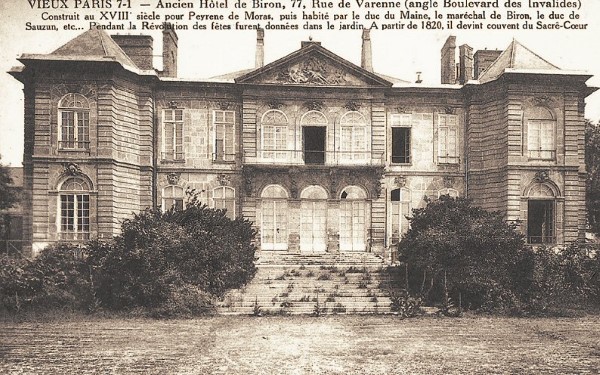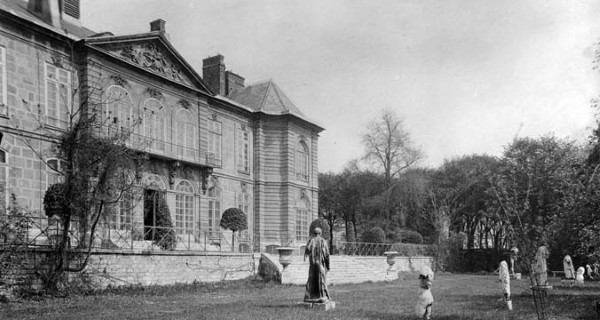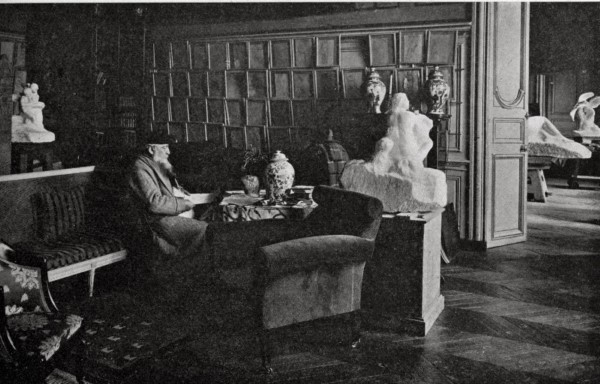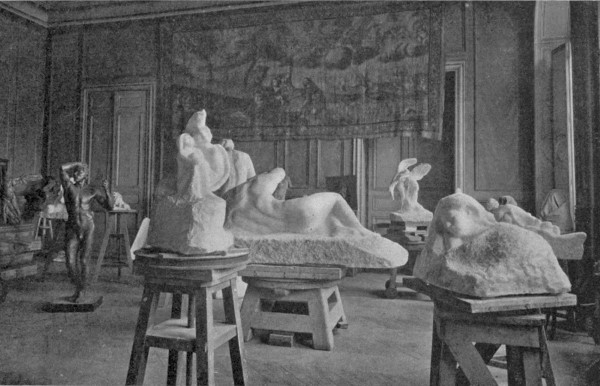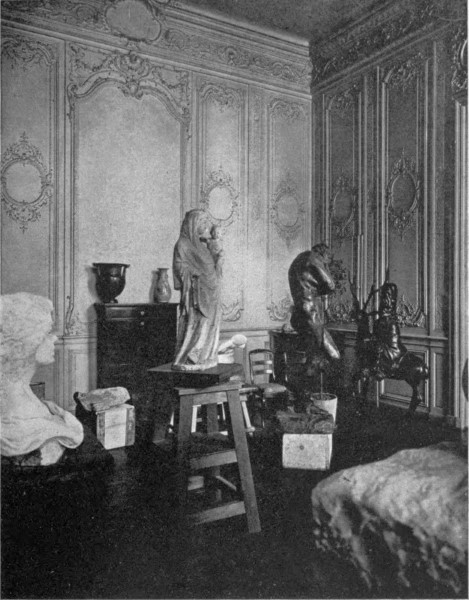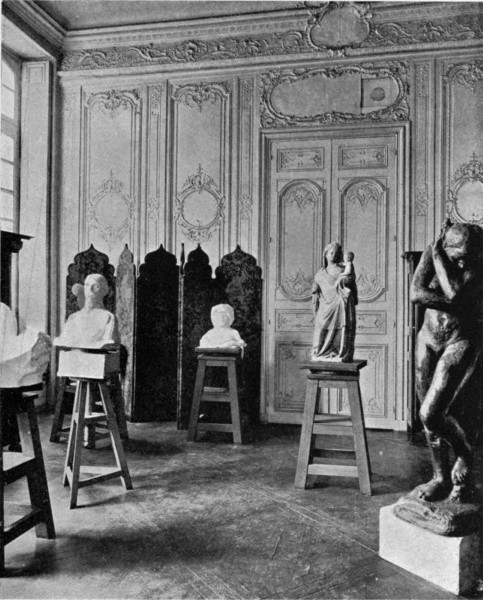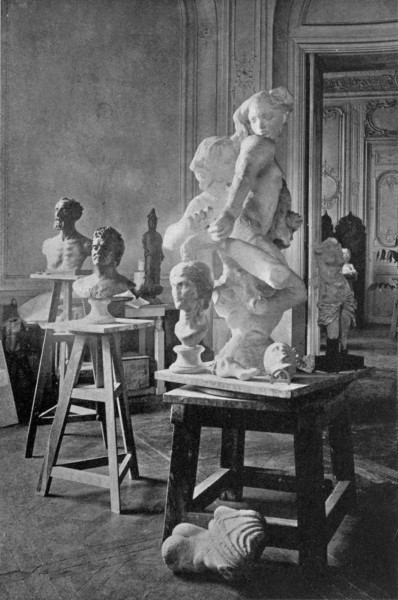- Year 1909.
- 22-04-1909.
- 08-10-1909.
- Auguste Rodin (1840-1917).
- Atelier Rodin, Hotel Biron, 77 Rue de Varenne – Paris 7ème.
- See also: Mahler Sculpture.
1909. Atelier Rodin. Gustav Mahler (1860-1911). Preliminary study, type B, plaster. Model B.
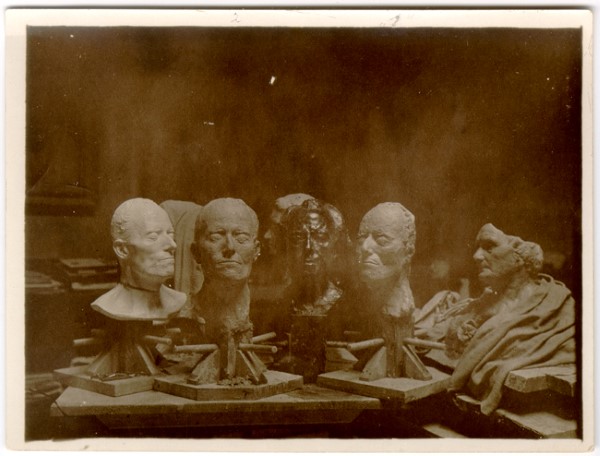
Atelier Rodin. Gustav Mahler (1860-1911) models.
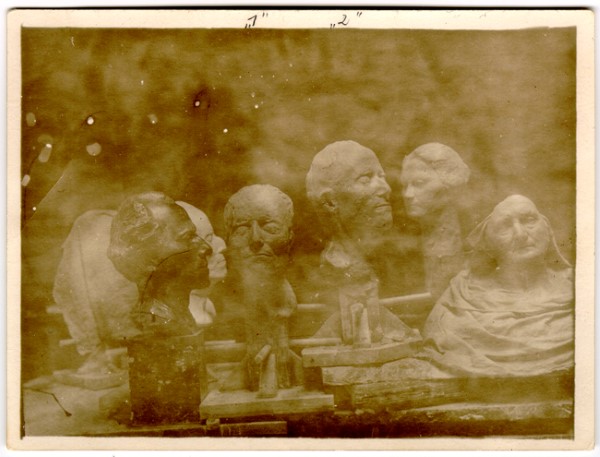
Atelier Rodin. Gustav Mahler (1860-1911) models.
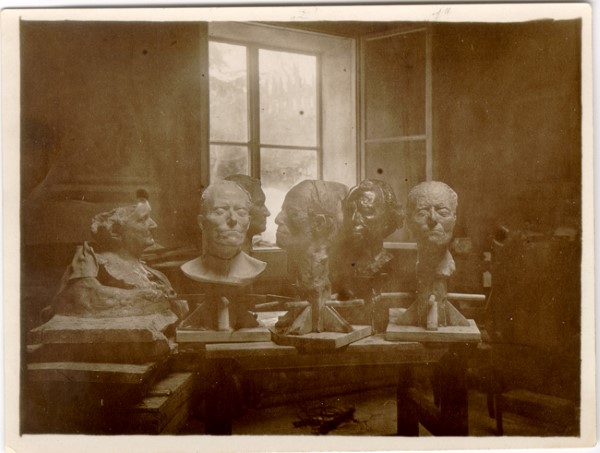
Atelier Rodin. Gustav Mahler (1860-1911) models.

Atelier Rodin. Gustav Mahler (1860-1911) models.
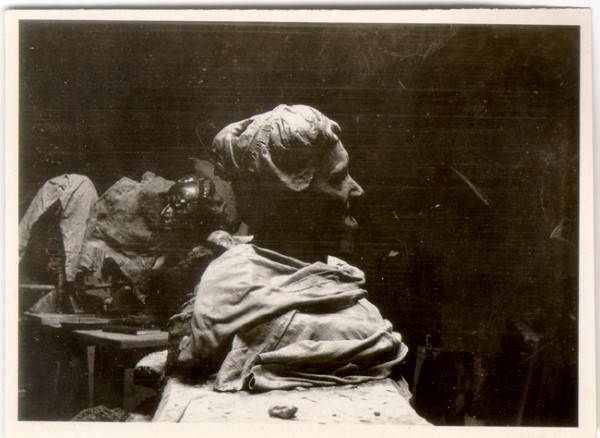
Atelier Rodin. Gustav Mahler (1860-1911) models.
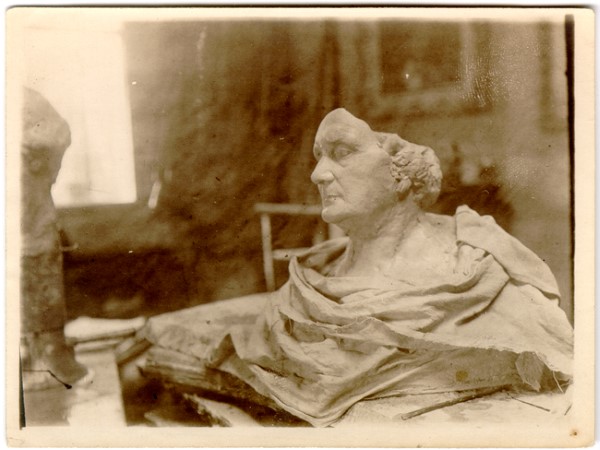
Results
For the results see: Sculpture.
Ateliers Rodin
1848-1848 : 6, rue des Bourguignons – Paris 5ème
1852-1854 : Beauvais (en pension)
1863-1865 : 96, rue Le Brun – Paris 13ème, premier atelier logement avec Rose
1872-1877 : 15, rue du Bourmestre – Bruxelles
1873-1877 : 111, rue Sans-Souci – Bruxelles
1876-1877 : rue d’Ulst – Bruxelles
1877-1889 : 36, rue des Fourneaux (ex Falguière), atelier privé avec Fourquet
1880-1947 : 182, rue de l’Université – Paris 7ème, Dépôt des marbres
1880-1947 : Annexe Ile des Cygnes – Paris 15ème, Dépôt des marbres
1885-1885 : 17, rue Saint-Eugénie – Paris 15ème
1886-1890 : 117, boulevard de Vaugirard – Paris 15ème
1886-1886 : 22, rue de l’Exposition – Paris 7ème, January until October
1886-1887 : 10, rue Poinsot – Paris 14ème
1887-1895 : 17, rue du faubourg Saint-Jacques – Paris 14ème
1888-1898 : 113 boulevard d’Italie – Paris 13ème
1890-1898 : 68, boulevard d’Italie – Paris 13ème
1890-1898 : 58, boulevard d’Italie ou 54, rue du Champs-de-l’Alouette – Paris 13ème
1898-1917 : 14, rue des Vignes – Meudon
1914-1947 : 10, rue de l’Orphelinat – Meudon
1918-1917 : 1, rue du Château – Meudon
1908-1917 : Home, atelier and exposition, Hotel Biron, 77 Rue de Varenne – Paris 7ème, Gustav Mahler (1860-1911), now Musee Rodin.
Atelier Hotel Biron (77 Rue de Varenne)
The estate was put up for sale and while awaiting a buyer, tenants were allowed to occupy the Hôtel Biron from 1905. Among them were several artists, the writer Jean Cocteau (1889-1963), the painter Henri Matisse, the dancer Isadora Duncan and the sculptress Clara Westhoff (1878-1954), future wife of the poet Rainer Maria Rilke (1875-1921), who first told Auguste Rodin about the estate. In 1908, the sculptor thus rented four south-facing, ground-floor rooms opening onto the terrace, to use as his studios. The garden that had run wild probably made a strong impression on Rodin, encouraging him to place some of his works and part of his collection of antiques amidst its greenery. From 1911 onwards, he occupied the entire building.
The property was officially sold to the French government in 1911, a year after it had committed itself to purchasing the Hôtel Biron, to house the Department of Civil Buildings (then under the Ministry of Public Instruction), and the part of the estate bordering the Rue de Babylone, which was reserved for a new secondary school (present-day Lycée Victor Duruy). All the occupants except Rodin were asked to leave the building. Rodin does his utmost to save the mansion and starts negotiating with the state.
“I give the State all my works in plaster, marble, bronze and stone, and my drawings, as well as the collection of antiquities that I had such pleasure in assembling for the education and training of artists and workers. And I ask the State to keep all these collections in the Hôtel Biron, which will be the Musée Rodin, reserving the right to reside there all my life.”
In 1916, the National Assembly voted in a law that accepted the sculptor’s three donations and allocated the mansion and its garden to a museum, called the Musée Rodin, where the works donated to the French nation by Rodin would be exhibited. Léonce Bénédite was named executor of the sculptor’s will. The task of managing Rodin’s artistic heritage and supervising the organization of his future museum thus fell to him.
